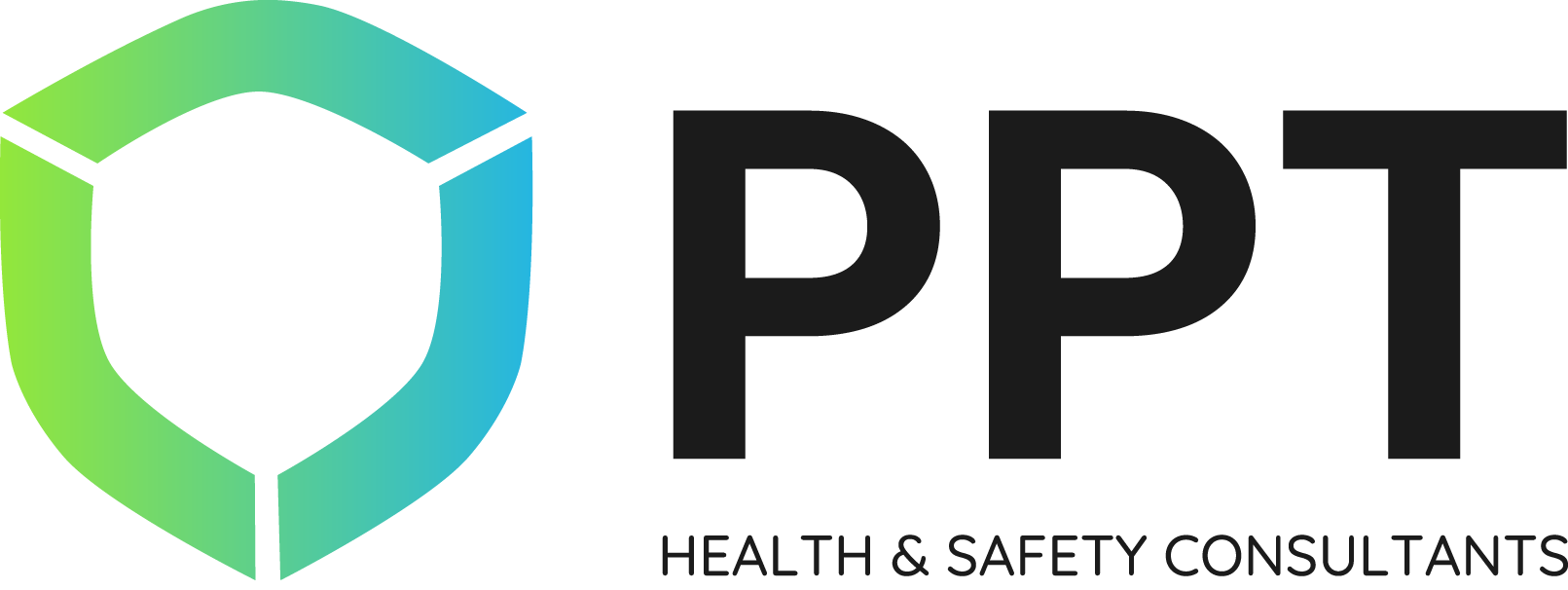Risk assessments are a legal requirement for UK businesses under health and safety law. They help identify hazards, assess risks, and implement measures to ensure the safety of employees, visitors, and the public. Failing to conduct proper assessments can lead to severe legal, financial, and reputation consequences.
A risk assessment systematically identifies workplace hazards, evaluates their risks, and outlines actions to control or mitigate them. Examples include slips, trips, chemical exposure, machinery risks, and manual handling. The Health and Safety at Work etc. Act 1974 requires employers to ensure, as far as reasonably practicable, the health and safety of employees, and risk assessments are an essential step to ensure employee safety.
All businesses must comply with:
The Management of Health and Safety at Work Regulations 1999:
-
Conduct "suitable and sufficient" risk assessments
-
Record findings (if employing 5+ people)
-
Regularly review and update assessments
Industry-specific regulations:
-
Construction: CDM Regulations 2015
-
Hazardous substances: COSHH Regulations 2002
Non-compliance can lead to fines, legal action, or imprisonment.
-
Employee safety: Prevent accidents and injuries, ensuring a safer workplace
-
Legal compliance: Avoid penalties and prosecution from the HSE
-
Financial protection: Reduce costs from injury claims, insurance hikes, and lost productivity
-
Workplace morale: Employees feel valued and safer, improving retention and productivity
-
Reputation management: Avoid reputation damage caused by workplace incidents
How to conduct a risk assessment
-
Identify hazards: Walk through the workplace, consult employees, and review records.
-
Determine who is at risk: Consider employees, contractors, visitors, and vulnerable groups.
-
Evaluate risks: Use a risk matrix to classify and prioritise low, medium, and high risks.
-
Implement controls: Follow the hierarchy of control:
-
-
Eliminate hazards where possible
-
Substitute for safer alternatives
-
Use engineering (barriers)
-
Administrative controls (training)
-
PPE
-
5. Record and review: Document findings and regularly update assessments.
Common pitfalls to avoid
-
Ignoring near misses as warning signs.
-
Using outdated assessments that don’t reflect current conditions.
-
Overlooking mental health risks, like stress and workload.
-
Failing to engage employees in the process.
Final thoughts
Risk assessments are essential for legal compliance, workplace safety, and business protection. Proactively managing risks demonstrates your commitment to employees and safeguards your operations. If uncertain, consult a health and safety professional to ensure your processes meet UK legal standards.



